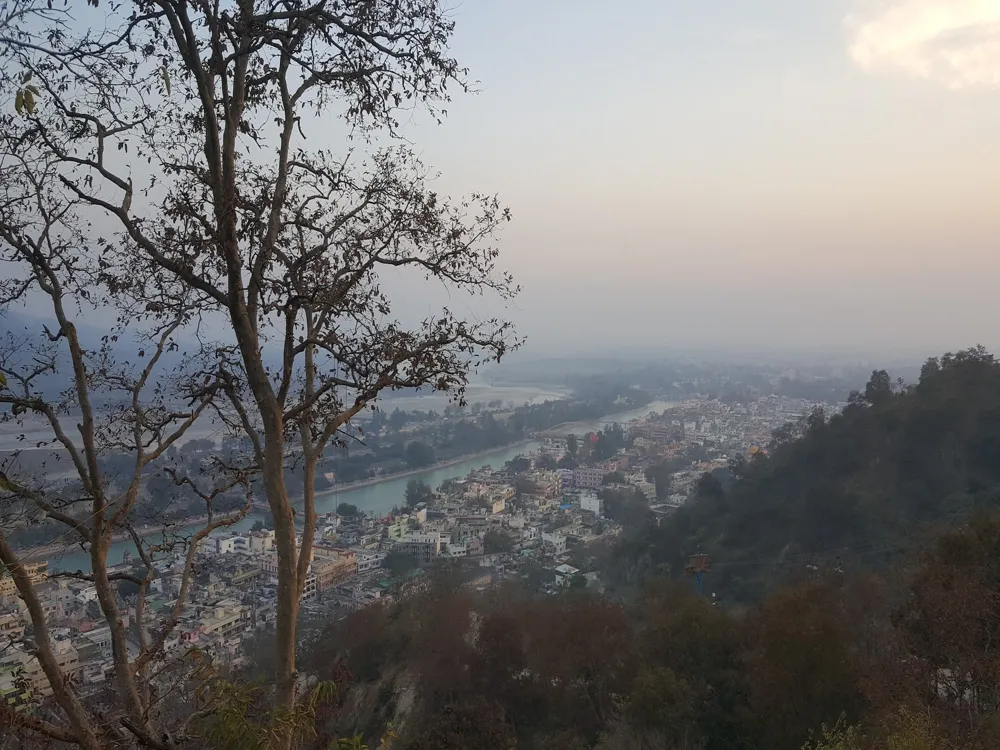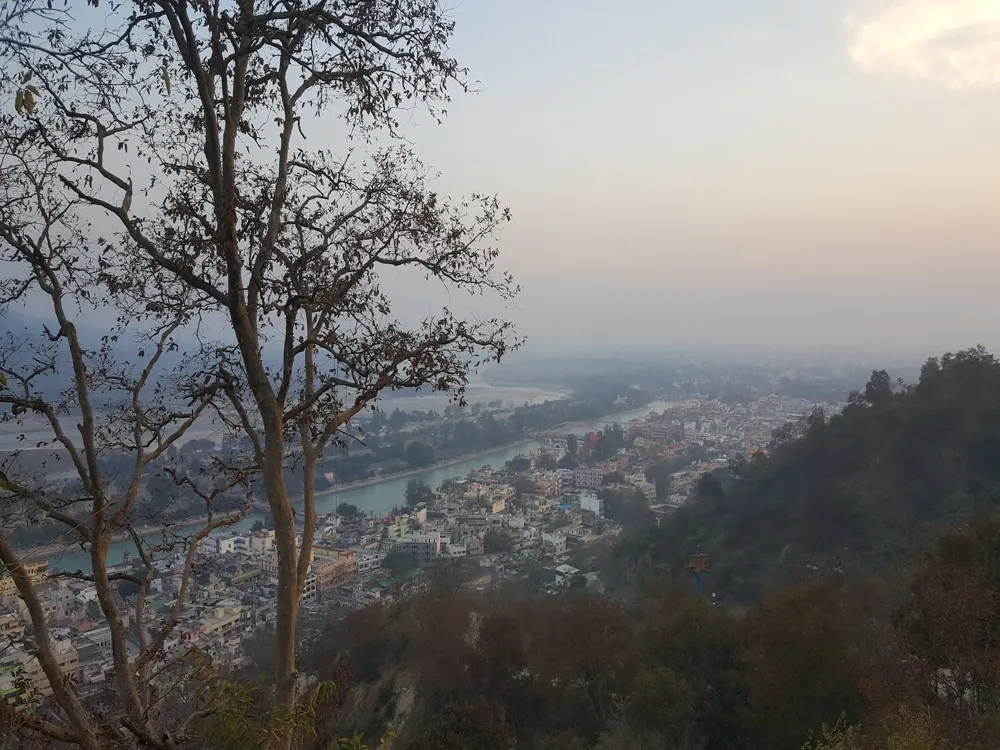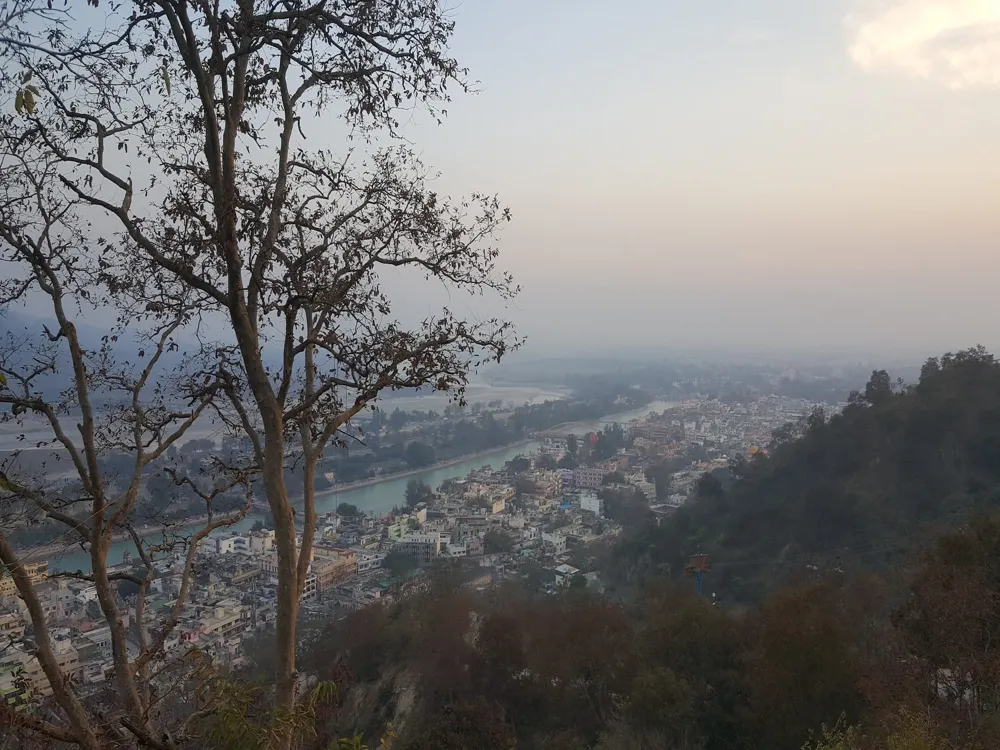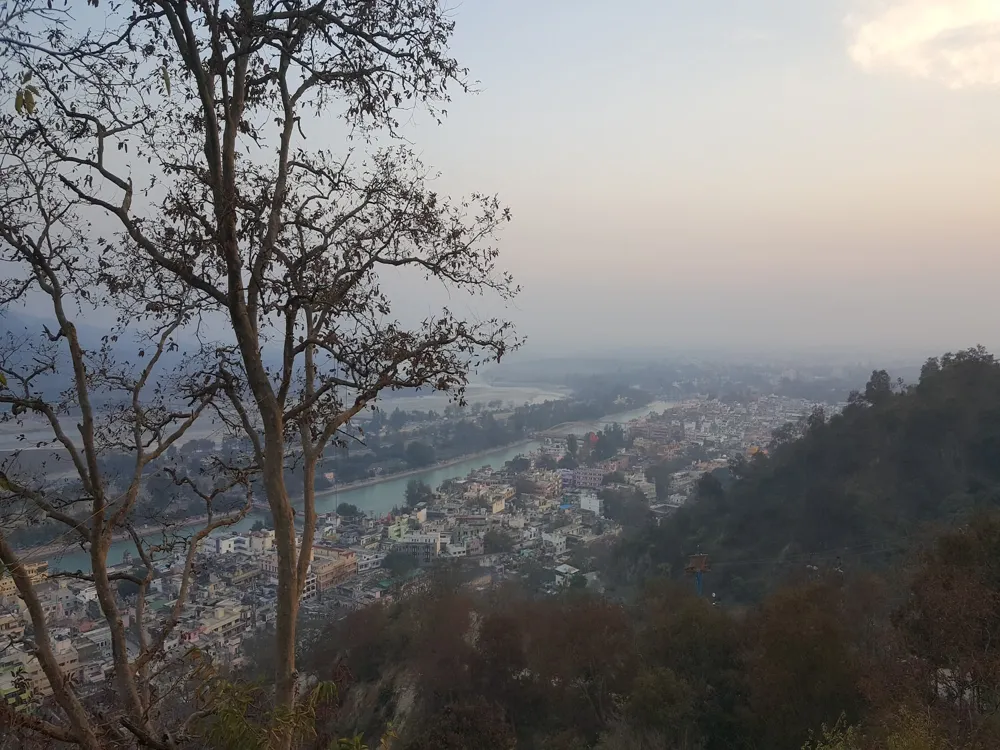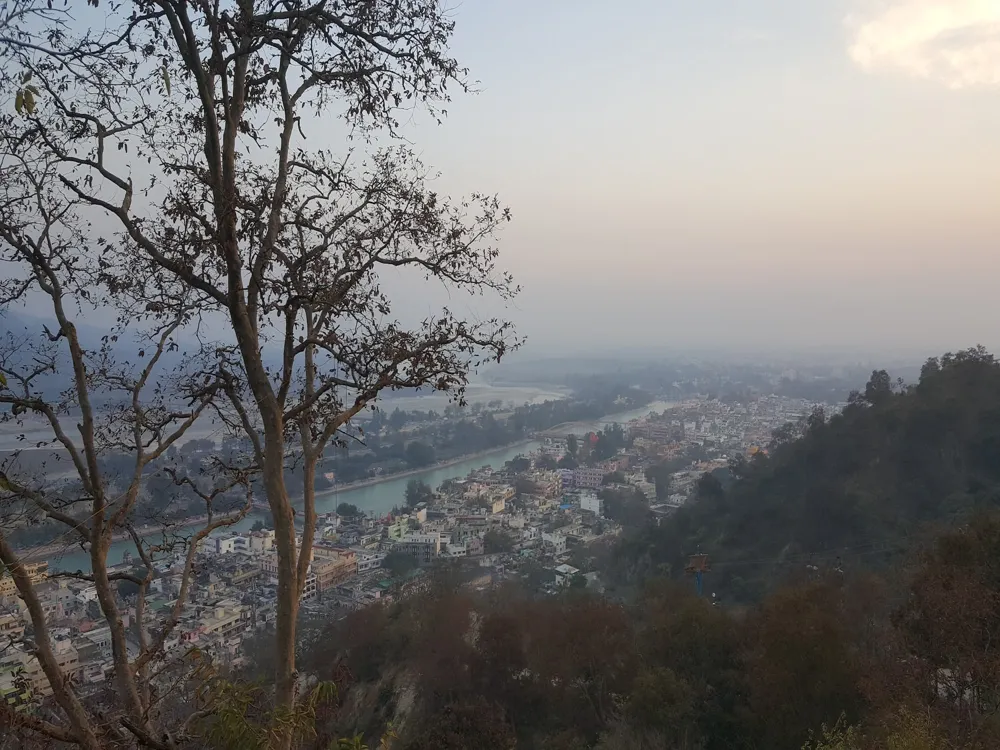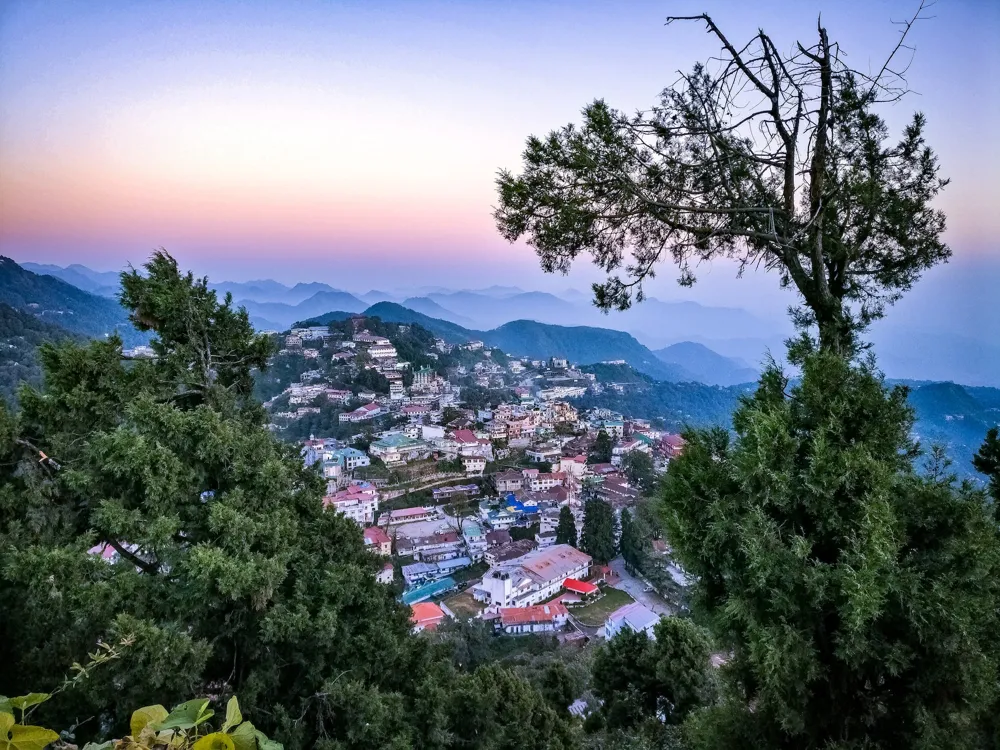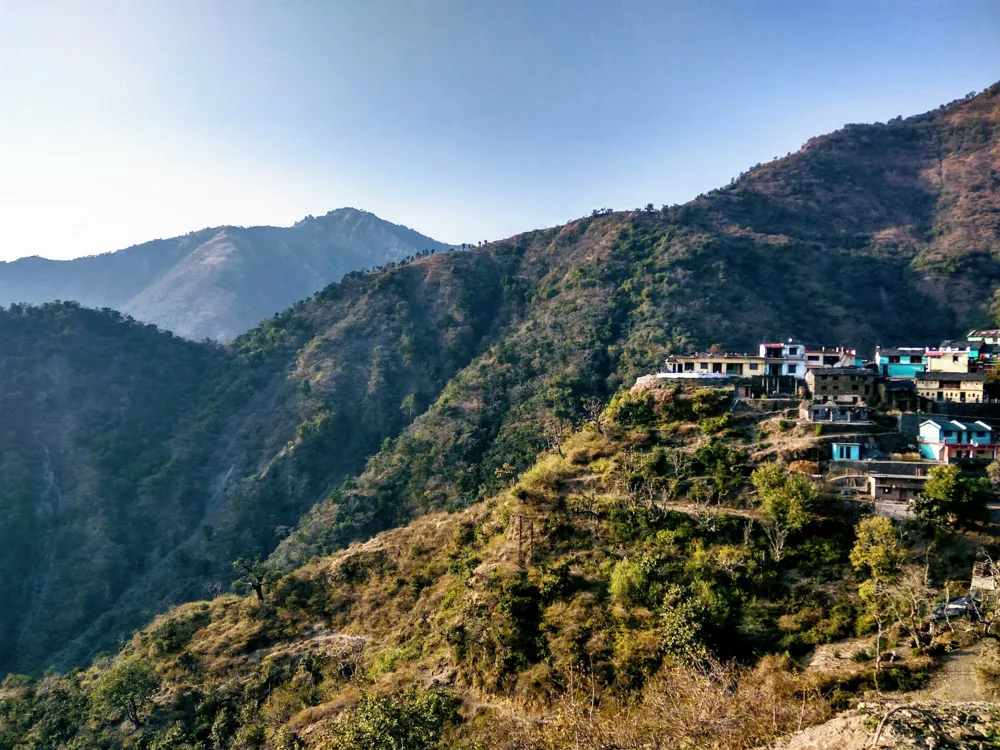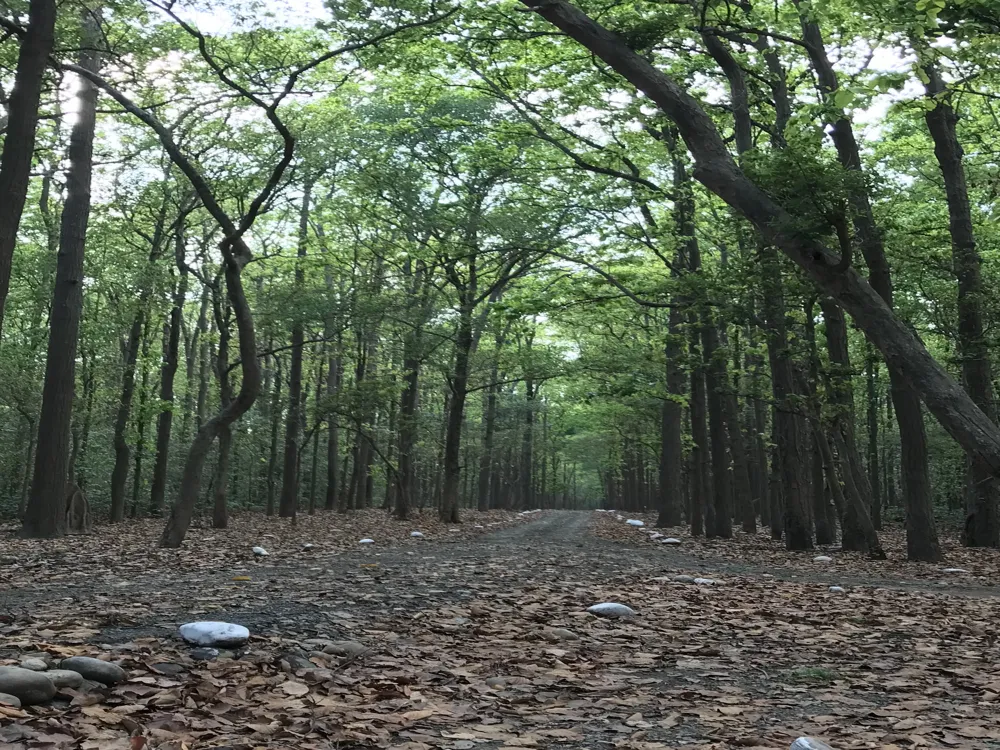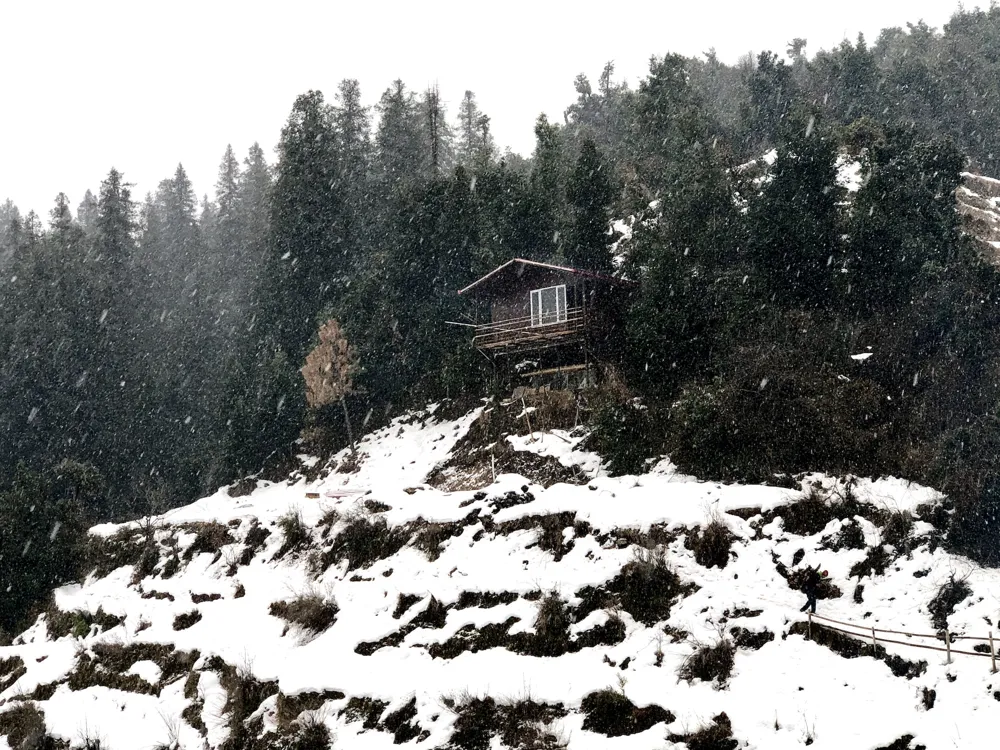Haridwar, a city in Uttarakhand, India, is a blend of divinity, history, and culture, making it a significant pilgrimage site. This ancient city, where the River Ganges exits the Himalayan foothills, is a tapestry of myths, beliefs, and natural beauty. Haridwar is often referred to as the 'Gateway to the Gods,' a title that speaks volumes about its spiritual significance. Visitors are captivated by the city's vibrant atmosphere, marked by the sound of temple bells, chants, and the fragrance of incense. The history of Haridwar dates back to ancient times, mentioned in various scriptures and myths. It is believed to be one of the four places where drops of Amrit, the elixir of immortality, fell from the celestial Kumbha, carried by the celestial bird Garuda. This event is celebrated every twelve years in the form of the Kumbh Mela, attracting millions of devotees. The city's religious importance is also evident in its numerous temples and ghats, where pilgrims perform rituals and prayers. Nature complements the spiritual vibe of Haridwar, with the majestic Ganges flowing through it. The serene ghats, such as Har Ki Pauri, provide a picturesque backdrop for the famous Ganga Aarti, an enchanting ceremony that takes place every evening. The sight of thousands of lamps floating on the river, as devotees chant and pray, is a truly mesmerizing experience. Haridwar's biodiversity is notable too, with the Rajaji National Park nearby, home to a diverse range of flora and fauna. The architectural landscape of Haridwar is a confluence of ancient and modern styles, reflecting the city's historical and spiritual journey. Traditional temple architecture is prominent, with structures typically made of stone and adorned with intricate carvings. These temples, some centuries old, stand as a testament to the city's religious significance and the skill of its artisans. The most iconic architectural feature of Haridwar is its ghats – steps leading down to the River Ganges. The ghats, especially Har Ki Pauri, are the heart of the city's spiritual life. This ghat has a large platform and an impressive temple, and it is here that the Ganga Aarti takes place. The architecture of the ghats, with their wide steps and platforms, is designed to accommodate the thousands of pilgrims who visit daily. Temples like Mansa Devi and Chandi Devi, perched atop hills, are not only places of worship but also offer panoramic views of the city and the river. Their architecture, involving steep climbs and hillside locations, integrates seamlessly with the natural surroundings, emphasizing the city's harmony with nature. The temples' design often includes courtyards, inner sanctums, and towering spires, which are typical of North Indian temple architecture. Modern architecture in Haridwar coexists with the ancient, seen in the city's expanding residential areas, markets, and ashrams. These newer constructions, while functional, still retain a touch of traditional aesthetic, often featuring elements like domes and arches. This blend of old and new in Haridwar's architecture symbolizes the city's evolution while maintaining its spiritual essence. Timing is key when visiting Haridwar. Consider planning your trip during the cooler months, from October to March, for a comfortable experience. If you wish to witness the spiritual fervor of the Kumbh Mela, check the dates, which occur every twelve years. Haridwar is a sacred city, and it's important to respect local customs and traditions. Dress modestly, especially when visiting temples and ghats. It's also customary to remove shoes before entering sacred places. While Haridwar is generally safe, it's advisable to take standard safety precautions. Keep an eye on your belongings, especially in crowded areas, and be cautious when engaging with street vendors or unofficial tour guides. Visiting the ghats and temples is a must. Har Ki Pauri is the most famous ghat, known for the Ganga Aarti. Temples like Mansa Devi and Chandi Devi are not only spiritually significant but also offer stunning views of the city. Haridwar offers a variety of local vegetarian cuisine, given its religious nature. Don't miss the opportunity to try the street food, especially the sweets, for an authentic taste of the city's culinary culture. Haridwar is well-connected and accessible by various modes of transportation. The city has its own railway station, Haridwar Junction, which is linked to major cities across India. For those preferring air travel, the nearest airport is the Jolly Grant Airport in Dehradun, about 35 kilometers away. Regular bus services also connect Haridwar with nearby cities like Delhi, Dehradun, and Rishikesh. For a more scenic route, driving to Haridwar offers beautiful views of the countryside and the Himalayan foothills.Overview of Haridwar, Uttarakhand
Architecture of Haridwar
Tips When Visiting Haridwar
Plan Your Visit
Respect Local Customs
Stay Safe
Explore the Ghats and Temples
Try Local Cuisine
How To Reach Haridwar
Daksha Mahadev Temple
Haridwar
Uttarakhand
NaN onwards
View haridwar Packages
Weather :
Tags : Temple
Timings : 6:00 AM - 8:00 PM
Time Required : 1-2 hrs
Entry Fee : No entry fee
Planning a Trip? Ask Your Question
Haridwar Travel Packages
View All Packages For Haridwar
Top Hotel Collections for Haridwar

Private Pool

Luxury Hotels

5-Star Hotels

Pet Friendly
Top Hotels Near Haridwar
Other Top Ranking Places In Haridwar
View All Places To Visit In haridwar
View haridwar Packages
Weather :
Tags : Temple
Timings : 6:00 AM - 8:00 PM
Time Required : 1-2 hrs
Entry Fee : No entry fee
Planning a Trip? Ask Your Question
Haridwar Travel Packages
View All Packages For Haridwar
Top Hotel Collections for Haridwar

Private Pool

Luxury Hotels

5-Star Hotels

Pet Friendly







